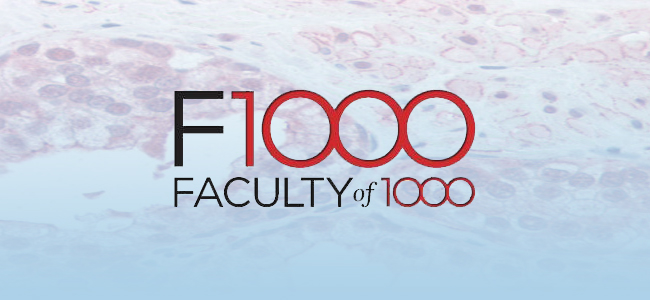Bone research paper selected for inclusion in the Faculty of 1000 database
The paper was given a F1000 evaluation score of 10, the highest possible score, signifying a paper of exceptional interest. Coauthored with colleagues from UC Merced, the paper reports that mice lacking the gene for the bone-production-inhibiting protein, sclerostin, show a depletion of B cells in their bone marrow. B-cells are lymphocytes that play a key role in the functioning of the immune system.
Sclerostin interrupts the pathway for bone synthesis and plays an important regulatory role in normal bone metabolism. The lack of sclerostin or presence of antibodies that bind to sclerostin (turning off its inhibitory function) leads to enhanced bone growth. Sclerostin is therefore an important target for developing new drugs that have the potential to prevent or even reverse osteoporosis. The paper's findings are notable because they imply that there may be negative side effects on the immune system for patients being treated with sclerostin inhibitors. They also suggest that there is a heretofore unrecognized role of osteocytes, the bone cells that produce sclerostin, in B-cell production or survival.
Launched in 2002, F1000 identifies and evaluates the most important articles in biology and medical research publications. Articles are selected by a peer-nominated global 'Faculty' of the world's leading scientists and clinicians, who then rate them and explain their importance. F1000 was conceived as a collaboration of 1000 international Faculty Members. The name stuck even though the service continues to grow and the Faculty now numbers more than 10,000 experts worldwide. Their evaluations form a fully searchable database containing more than 100,000 records and identifying the best research available.
See the Faculty of 1000 evaluation . This paper is the ninth paper by LLNL authors included in the F1000 database.
Contact
Anne M Stark[email protected]
925-422-9799
Tags
Physical and Life SciencesFeatured Articles








